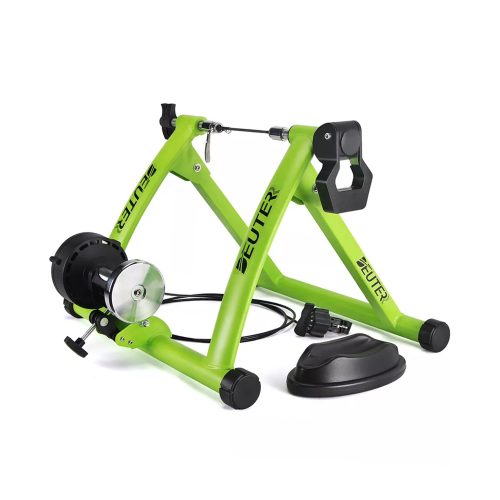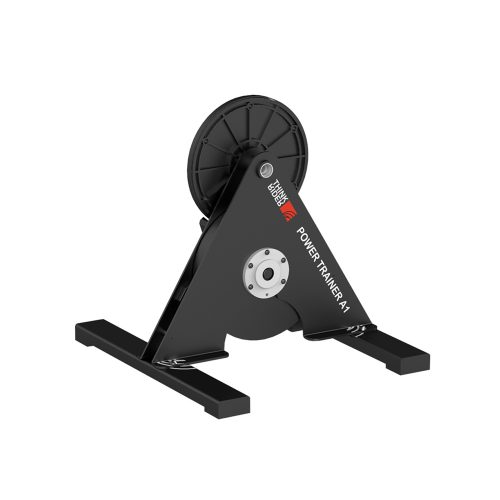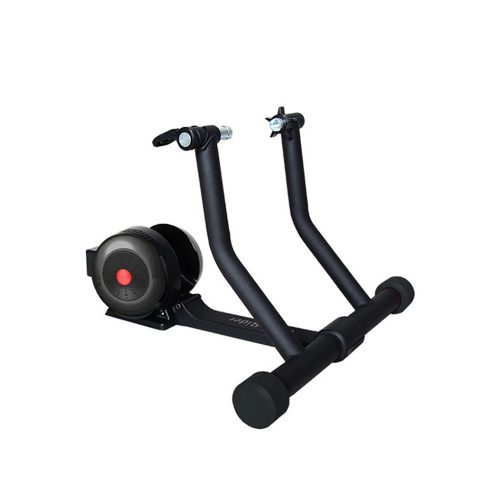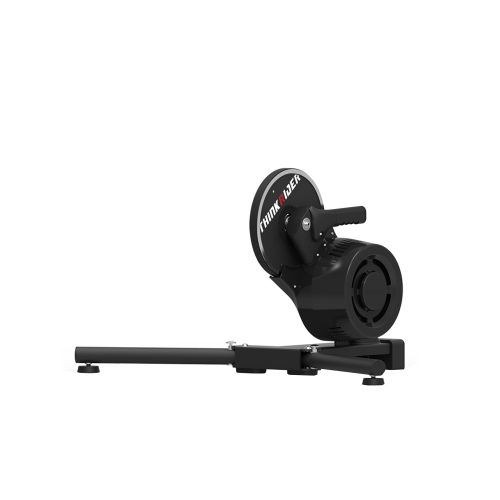BEST STATIONARY BIKE STAND COLLECTION FOR YOU
- Also known as:
exercise bike stand
bike stationary trainer
stationary bike converter
bicycle stationary stand
- Types:
Magnetic bike stand trainer
Pivot Trainer
Roller
Direct drive trainer
Virtual trainer(smart trainer)
Wind trainers
- Price
- Casual exercise or Serious training
- Types
- What type of bike
- Sturdy construction
- Noisy
- Portable
- Resistance
- Gadgets
- Brands
- The best brands:
Decathlon
Schwinn
Blackburn
Deuter
Cycleops
Sportneer
BalanceFrom
Kinetic by Kurt
Alpcour
Unisky
Leisure Sports
Blackburn
For more information, go to https://www.healtharty.com/turn-bike-into-stationary-bike/.
- A rear-axle bicycle stand
- A roller
- Resistance apparatus
2. The rear wheel of the bike rests on the rollers. The rollers are driven when you rotate the rear wheel using the pedals.
3. A lifting block is used to raise the front wheel to the appropriate height.
4. The resistance device is fixed to the rollers and makes riding more difficult.
Depending on the model you buy, you can choose the resistance level. However, the more basic stationary bike stands rely on changing the gears to vary the resistance.
2. Please note that you may need to hydrate more during your workout due to the heat and keep your water bottle within easy reach.
3. Warm-up and warm down.
You should spend about 10-15 minutes at the beginning and end at a steady, leisurely pace to get yourself in and out of the workout. Pace yourself with short rest periods.
4. Try to find an area with a hard floor, near a window, and with an electrical outlet nearby.
The floor helps with stability and comfort; the windows provide temperature control, and power is used for your entertainment system of choice. The garage is at the top of the list of recommended locations.
With resistance trainers, the rear hub linkage mustn't be over-tightened. Try the linkage after screwing the stationary bike stand into the hub by rotating the wheel. The wheel can rotate freely. If it does not rotate freely, you have over-tightened the stationary bike stand onto the hub, which could cause serious injury if you are riding.
Another possible injury to the bike in the trainer is wear and tear on the rear tire of the resistance trainer and the two wheels of the bike rollers. Finally, if you sweat a lot during your workout, the sweat can drip onto the bike's components and corrode them due to the salt in the sweat.
- Stationary bike stand
Realistic road feel
Simulates outdoor terrain
Mimics actual riding position
Allows you to use your own bike
Takes up little space
Lightweight and easy to carry
- Disadvantages
Must be set up
Requires a separate bike
A combination of bike and stationary bike stand can be more expensive than a stationary bike.
Some bikes may be noisy.
- Cost
When it comes to indoor stationary bike stands, there are two costs to consider: the cost of the stationary bike stand and the cost of the bike. Basic stationary bike stands cost around $200, while smart stationary bike stands can run up to $1,400. If your bike is not compatible, you'll need to spend another $350 to $1,000 on the bike.
- Stationary bike
Easy to use
Pre-programmed workouts
Accommodates riders of all sizes
Does not require a real bike
Quieter
- Disadvantages
Not as realistic as indoor stationary bike stands
Positions may be different from traditional bike riding
Requires a dedicated space
Cumbersome and heavy
- Cost
Costs range from about $200 to over $2,000
- Spin bikes
- The weight of the flywheel
Spin bikes usually have a heavier flywheel than a regular stationary bike. Because the flywheel is heavier, it burns more calories.
- Console
Peloton comes with a console. Many spin bikes do not have a console. You can't program your workout or follow a pre-programmed program. You also can't track your stats - like calorie burn and heart rate.
- Handlebar Position
Spin bikes also have a lower handlebar position than regular stationary bikes. It's closer to riding a real bike.
Other than these differences, a spin bike is very similar to a stationary bike.




